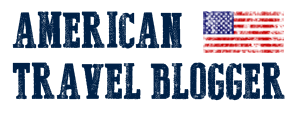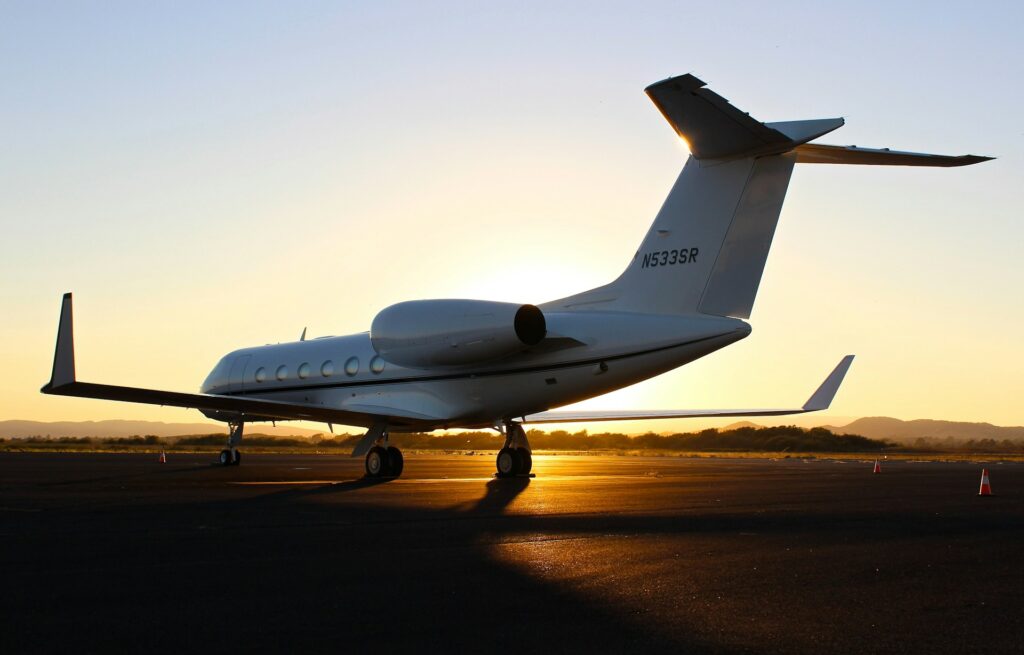For frequent private jet travelers, there comes a moment when the charter bills start feeling excessive. That realization usually happens somewhere around the 150 to 200 flight hour mark annually, when the cumulative costs of chartering become impossible to ignore. At that point, aircraft ownership shifts from seeming extravagant to actually making solid financial sense.
The transition from charter customer to aircraft owner represents more than just a financial decision – it’s about gaining control, consistency, and long-term value that charter services simply cannot provide. Understanding where ownership pulls ahead helps frequent flyers recognize when they’ve reached the point where buying their own aircraft becomes the smarter move.
Taking Control of Your Travel Schedule
Charter availability becomes a real problem during peak travel periods. Thanksgiving week, Christmas holidays, major sporting events – these are exactly when frequent travelers need aircraft most, and exactly when charter companies have the least availability. Charter customers end up competing for limited aircraft, often paying premium rates or settling for less desirable planes and departure times.
Aircraft owners fly whenever they want. No checking availability. No competing with other customers. No last-minute rate increases because demand is high. The plane sits ready whenever travel plans arise, whether that’s a spontaneous weekend trip or a regularly scheduled business route.
This control extends to routing flexibility too. Charter operations often need to reposition aircraft, which can add complexity to trip planning. Owners simply fly direct routes on their own schedule without worrying about where the plane needs to be for the next charter customer.
The Economics Start Favoring Ownership Faster Than Most People Think
The conventional wisdom suggests ownership makes sense around 300 to 400 flight hours annually, but that threshold is actually lower for people who understand the full picture. Charter rates include the operator’s profit margin, management overhead, and positioning costs – expenses that disappear with ownership.
Someone flying 200 hours annually on a mid-size jet at typical charter rates of $6,000 to $8,000 per hour spends $1.2 to $1.6 million just on flight time. Those same 200 hours in an owned aircraft, even accounting for all operating costs, typically run $800,000 to $1.1 million when managed properly.
The savings grow substantially with increased usage. At 250 hours annually, ownership can save $400,000 to $600,000 compared to continued chartering. At 300 hours, the savings often exceed $750,000 per year. These aren’t marginal differences – they’re substantial amounts that make ownership financially compelling.
Professional private aircraft management services handle all operational details while keeping costs controlled, which means owners get the financial benefits without needing to become aviation experts themselves or hire full-time staff to coordinate everything.
Consistency Creates Better Experiences
Flying the same aircraft with familiar crew members improves every aspect of the travel experience. The crew knows passenger preferences – preferred catering, temperature settings, entertainment choices, work requirements during flight. The aircraft configuration stays consistent, so there’s no adjustment to different layouts and amenities on each trip.
This consistency matters more than it might seem at first. Business travelers who use flight time productively need reliable workspace setups. Families traveling together benefit from knowing exactly how the cabin is configured. Anyone with specific dietary requirements or preferences appreciates crew who already know their needs without repeated explanations.
Charter customers get whatever aircraft is available with whatever crew happens to be assigned. Every flight requires re-explaining preferences and adjusting to different cabin configurations. The inefficiency adds up over dozens of flights annually.
Customization That Actually Reflects Your Needs
Charter aircraft come configured for the average customer, which means they’re not optimized for anyone in particular. Seating arrangements, entertainment systems, galley equipment, and office setups reflect what the charter company thinks most customers want.
Owned aircraft get configured exactly how the owner wants them. Need extensive office capabilities for working during flight? Install exactly the right desk setup, connectivity, and equipment. Fly frequently with family? Configure the cabin for comfort and entertainment that matches actual usage patterns. Require specific medical equipment or accommodations? Build it into the aircraft from the start.
These customizations aren’t superficial – they fundamentally change how useful the aircraft is for its specific mission. An aircraft optimized for cross-country business travel looks different from one optimized for short regional hops with clients. Ownership allows matching the tool to the actual job.
Asset Appreciation and Tax Advantages
Well-maintained aircraft from quality manufacturers hold value remarkably well. The private aviation market for pre-owned aircraft remains strong, and properly managed planes command premium resale prices. An aircraft isn’t just an operating expense – it’s an asset with tangible value that can be sold when needs change.
Tax treatment provides significant advantages too. Bonus depreciation provisions (when available) allow accelerating deductions that reduce taxable income substantially in the early years of ownership. The combination of operational savings versus charter plus tax benefits creates compelling financial returns for people with sufficient income to utilize the deductions.
Charter expenses are fully deductible when incurred, but that’s the only tax benefit. Ownership provides both operational deduction and depreciation advantages that charter can never match.
Management Services Eliminate the Complexity
The main hesitation people have about ownership involves complexity – dealing with maintenance, crew management, regulatory compliance, scheduling, and countless operational details. This concern made sense when owners had to coordinate everything themselves or hire full-time staff.
Professional management companies have changed this equation entirely. They handle all operational aspects – maintenance scheduling, crew hiring and management, regulatory compliance, flight planning, catering coordination, hangar arrangements, insurance management, and documentation. Owners simply show up and fly while the management company handles everything behind the scenes.
Management fees typically run 1-3% of operating costs, which is minimal compared to the markup built into charter rates. The management company’s expertise also prevents expensive mistakes and ensures the aircraft maintains its value through proper care and documentation.
The Privacy Factor
Charter companies maintain detailed records of customer travel patterns – where people fly, when they travel, who accompanies them. For some travelers, this lack of privacy creates concerns, particularly around business activities or personal movements they’d prefer to keep completely confidential.
Owned aircraft provide complete privacy. Travel records stay private. Flight patterns remain confidential. There’s no charter company database tracking movements or potentially sharing information. For people where privacy carries significant value – whether for business strategy, security, or personal preference – this factor alone can justify ownership.
Making the Transition
The shift from charter to ownership doesn’t need to be complicated. Management companies guide the process from aircraft selection through purchase, setup, and ongoing operations. They help identify the right aircraft for typical mission requirements, manage the purchase transaction, coordinate initial crew hiring, and establish all operational systems.
Most new owners are surprised by how hands-off the process can be with proper management support. The complexity that seems daunting when considering ownership largely disappears when working with experienced management teams who handle these transitions regularly.
Long-Term Value Creation
Ownership creates value that compounds over time. Each year of ownership at 200+ hours saves hundreds of thousands of dollars compared to charter. Those savings accumulate into millions over a typical ownership period of five to ten years.
The aircraft itself retains substantial value when well-maintained. Sell after five years and recover a significant portion of the initial investment while having saved money versus charter throughout the ownership period. The combination creates wealth preservation that charter spending can never achieve.
Aircraft ownership also provides stable costs in an industry where charter rates fluctuate with demand and fuel prices. Owners lock in their operating costs (aside from fuel, which affects charter rates equally) and avoid the premium pricing that charter companies charge during peak periods.
The Real Comparison
When people compare ownership versus charter honestly – including all factors like control, consistency, customization, tax benefits, and long-term value – ownership wins decisively for anyone flying 200+ hours annually. The financial benefits are clear, and the operational advantages make the travel experience substantially better.
Professional management services have eliminated the traditional drawbacks of ownership, leaving mainly the advantages. The result is that more frequent travelers are recognizing ownership as the smart choice earlier in their private aviation journey than ever before.

